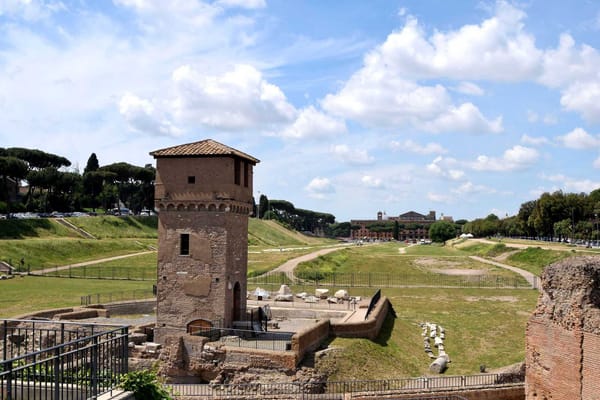
Roman Empire Historical Facts
The Ancient Blueprint Behind Every Modern Stadium
What survives now is only the emptiness of a vast space, yet it carries the weight of a city’s anticipation and the memory of its most restless hours.

Roman Empire Historical Facts
What survives now is only the emptiness of a vast space, yet it carries the weight of a city’s anticipation and the memory of its most restless hours.

Roman Empire Historical Facts
Nero’s legend was forged as much by writers as by deeds. Between art and atrocity, he cast himself as performer-emperor, rebuilt Rome in spectacle and stone, and left a trail of verses, scandals, and lampoons—until the line between ruler and stage all but vanished.

Roman Empire Historical Facts
From loyal dogs to exotic monkeys, Romans shared their homes with creatures of every kind. Art, inscriptions, and archaeology reveal a world where animals were companions, protectors, and symbols of affection.
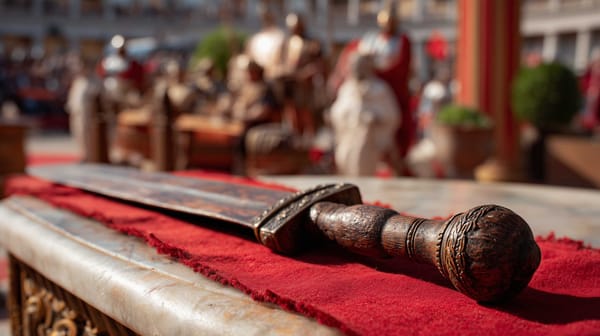
Roman Empire Anecdotes
A Syrian-born gladiator who could have walked free but chose the arena instead. Flamma, offered his liberty four times, defied freedom itself to win eternal glory beneath Rome’s roaring crowds.
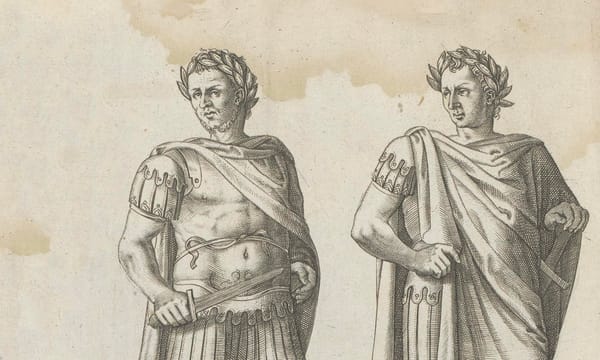
Roman Empire Anecdotes
Ancient writers cast Titus and Domitian as rival brothers, with the younger plotting against the elder. Inscriptions, coins, and monuments, however, reveal a dynasty that publicly honored unity, complicating the image of fraternal enmity.
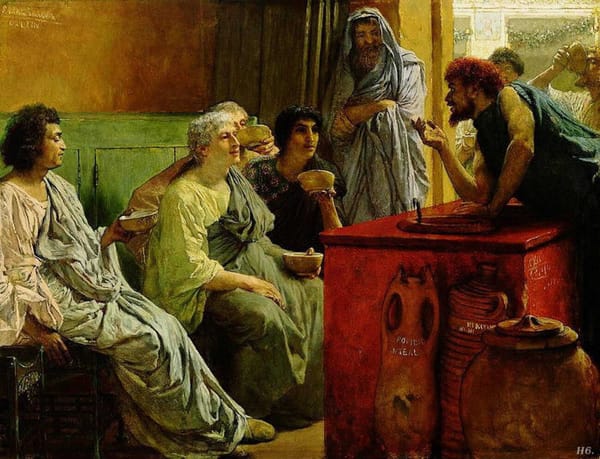
Roman Empire Historical Facts
Behind Pompeii’s grand villas thrived a bustling world of taverns, inns, and bars. From graffiti complaints about watered wine to marble-clad counters that lured passersby, these establishments reveal the everyday rhythms of food, drink, and company in the Roman world.
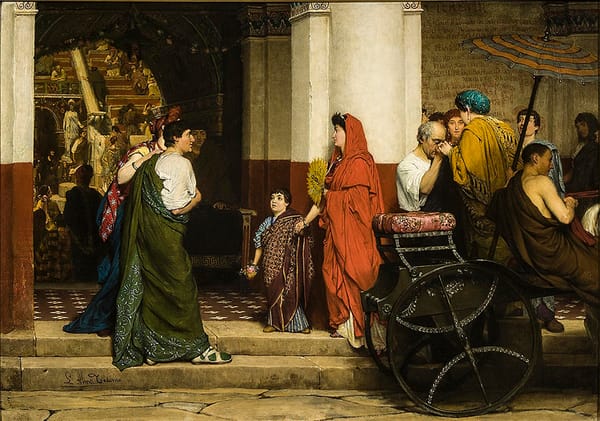
Roman Empire Historical Facts
Behind Rome’s power and conquests lay the daily lives of its people. From family and education to poverty, slavery, law, and spectacle, their routines and struggles reveal how ordinary Romans shaped the empire’s enduring legacy.

Roman Empire Anecdotes
Sextus Julius Frontinus embodied Rome’s genius for both war and order. From battlefield stratagems to aqueducts, his works reveal the mind of a senator who mastered strategy and sustained the Eternal City.
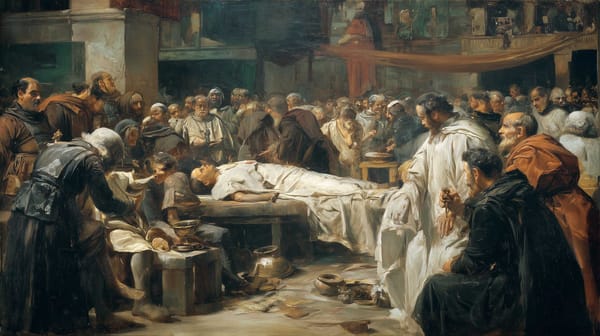
Roman Empire Historical Facts
The Plague of Cyprian ravaged the Roman Empire in the 3rd century, killing thousands daily. Beyond its mystery symptoms, it reshaped society, challenged imperial power, and fueled Christianity’s rise.

Roman Empire Historical Facts
Feared as another Nero, Titus surprised Rome by becoming one of its most beloved emperors. In just two years, he faced Vesuvius, fire, and plague—emerging as a ruler praised for generosity, diplomacy, and a transformation still debated today.
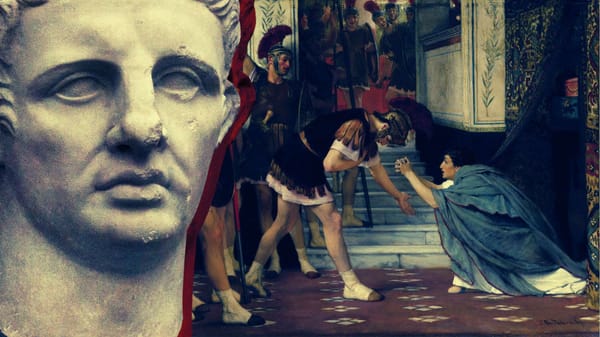
Roman Empire Historical Facts
Dismissed as unfit to rule, Claudius stunned Rome by becoming one of its most capable emperors—expanding borders, reforming government, and ruling with quiet competence.
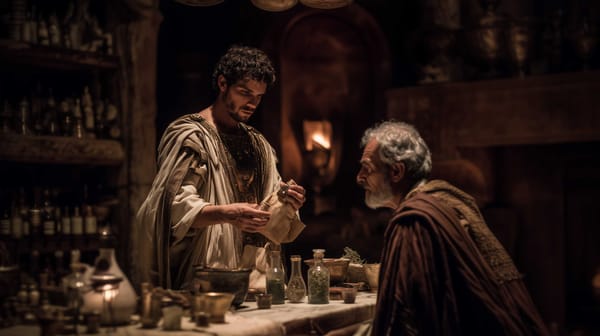
Roman Empire Anecdotes
Poison in Rome was more than murder—it was myth, medicine, and metaphor. From household betrayals to imperial plots, it blurred the line between cure and crime.
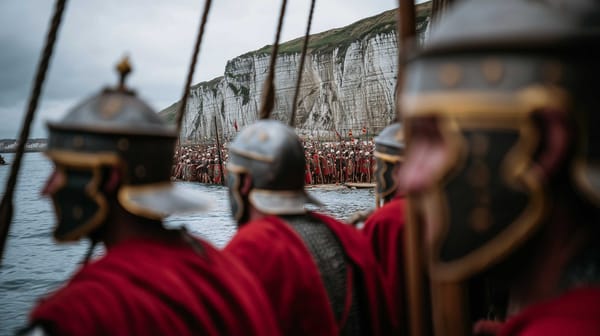
Roman Empire Anecdotes
From the mists of Hadrian’s Wall to the mosaics of Sussex villas, Roman Britain was never just a distant outpost—it was a living frontier where empire met island, and where families, soldiers, and traders forged a shared world from stone, soil, and memory.
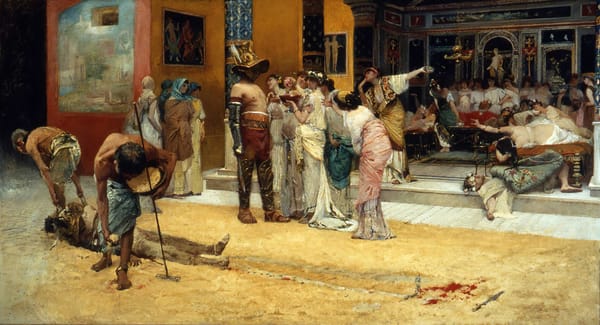
Roman Empire Historical Facts
From staged executions in the arena to poisonings in the palace and children sold into sex, the Roman Empire perfected violence as a tool of order. This isn’t just history—it’s a chilling anatomy of power, control, and the brutal cost of greatness.
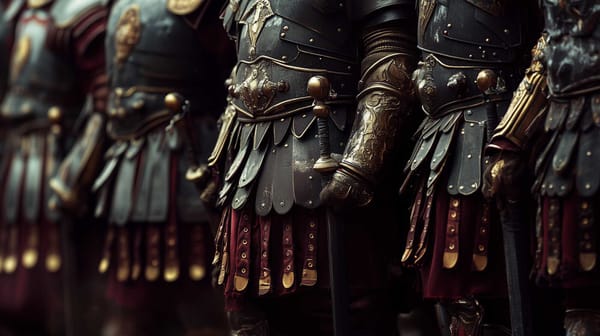
Roman Empire Historical Facts
Beyond their role as imperial bodyguards, the Praetorian Guard operated as an elite security force, enforcing state authority through surveillance, arrests, and executions.
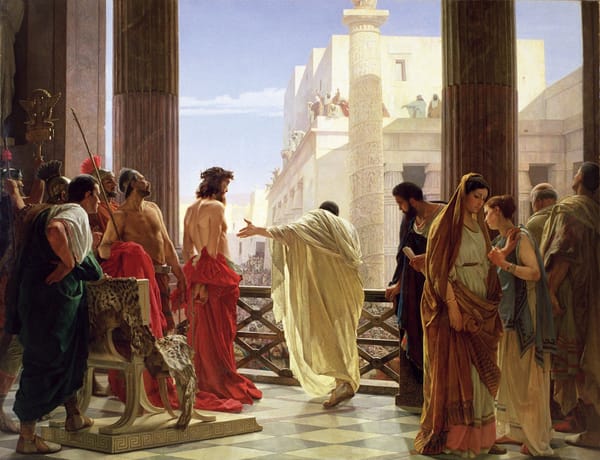
Roman Empire Historical Facts
What was the real reason behind the execution of Jesus by the Romans?